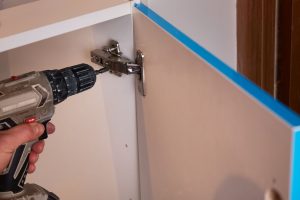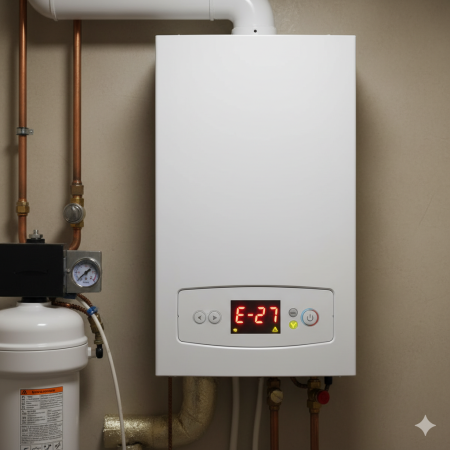Your locks are your first line of defence against intruders, but not all locks are created equal. A lock snapping attack is a modern security threat that exploits a weakness in a common type of lock, allowing burglars to gain entry in seconds.
The good news is that with a little knowledge, it’s a simple problem to solve. We’ll explain what lock snapping is, how to check your home’s vulnerability, and the simple steps you can take to make your property much safer.
Understanding a lock snapping attack
Lock snapping is a technique used by burglars to break a Euro cylinder lock, which is the type of barrel-shaped lock found in most uPVC and composite doors. The burglar uses simple tools to apply force to the cylinder, snapping it in half at its weakest point. Once the cylinder is broken, the internal locking mechanism is exposed and they can easily unlock the door and walk straight in.
This method has become popular with criminals because it’s quick, quiet, and requires very little skill.
How to prevent lock snapping
The most effective way to prevent a lock snapping attack is to upgrade your door’s cylinder to an anti snap lock. These locks are specifically designed with several lines of defence.
Instead of breaking in the middle, an anti-snap lock has a “sacrificial snap line” that will break in a specific place when force is applied. Even if this outer section breaks, the lock’s core remains intact, preventing the burglar from gaining access to the internal mechanism and keeping your home secure.
Is my lock anti-snap? How to tell
You can often tell if your lock is an anti-snap model by simply looking for the right markings. This is a crucial lock snapping prevention check for any homeowner.
- Look for a star rating: The most reliable indicator is a star rating. A 3-star rating is the highest security standard and means the lock is resistant to snapping on its own.
- Find the Kitemark: Look for the British Standard Kitemark and the numbers BS3621 or TS007 on the faceplate of the lock (the metal strip on the side of the door).
- Check for an accreditation: Some high-quality locks also have a Sold Secure Diamond Standard accreditation.
A word of caution: If your lock cylinder protrudes from the door handle, it is more vulnerable to a lock snapping attack, even if it has some form of anti-snap protection.
When to call a professional locksmith
If you’re unsure about whether your lock is anti-snap, or you can’t find a Kitemark, it’s always best to call a professional. They can quickly assess your current security and recommend a suitable upgrade.
You should call a locksmith if:
- Your lock doesn’t have the 3-star rating or Kitemark.
- The cylinder on your lock sticks out from the door handle.
- Your door is old, and the lock mechanism feels weak or loose.
A professional can help you choose the right anti snap lock and install it correctly, providing a quick, easy, and affordable way to protect your home.
With Rated People, you have the power to get it done. Find a trusted, local tradesperson today.
Read the full article here









